
Hãy nhập câu hỏi của bạn vào đây, nếu là tài khoản VIP, bạn sẽ được ưu tiên trả lời.


b, PTGD (d1) và trục hoành là \(2x+5=0\Leftrightarrow x=-\dfrac{5}{2}\Leftrightarrow B\left(-\dfrac{5}{2};0\right)\Leftrightarrow OB=\dfrac{5}{2}\)
PTGD (d2) và trục hoành là \(2-x=0\Leftrightarrow x=2\Leftrightarrow A\left(2;0\right)\Leftrightarrow OA=2\)
Do đó \(AB=OA+OB=\dfrac{9}{2}\)
PTHDGD (d1) và (d2) là \(2x+5=2-x\Leftrightarrow x=-1\Leftrightarrow y=3\Leftrightarrow C\left(-1;3\right)\)
Gọi H là chân đg cao từ C tới Ox thì \(CH=3\)
Do đó \(S_{ABC}=\dfrac{1}{2}CH\cdot AB=\dfrac{1}{2}\cdot\dfrac{9}{2}\cdot3=\dfrac{27}{4}\left(đvdt\right)\)
c, Vì \(-1=-1;2\ne4\) nên (d2)//(d3)


c) Ta có: \(\dfrac{1}{\sqrt{3}+\sqrt{2}}+\dfrac{\sqrt{6}}{\sqrt{3}}-3\cdot\sqrt{\dfrac{1}{3}}\)
\(=\sqrt{3}-\sqrt{2}+\sqrt{2}-\sqrt{3}\)
=0

b: PTHĐGĐ là;
ax^2=2
=>ax^2-2=0
Δ=0^2-4*a*(-2)=8a
Để (P) cắt (d) tại hai điểm pb thì 8a>0
=>a>0
=>x=căn 2/a hoặc x=-căn 2/a
=>vecto OA=(căn 2/a;0); vecto OB=(-căn 2/a;0); vecto AB=(2*căn 2/a;2)
Theo đề, ta có: vecto OA*vecto OB=0 hoặc vecto OA*vecto AB=0 hoặc vecto OB*vecto AB=0
=>-2*căn 2/a+2=0 hoặc 2*căn 2/a+2=0
=>căn 2/a=1
=>a=2

\(C=\left(\dfrac{\sqrt{x}-1}{x-\sqrt{x}}-\dfrac{\sqrt{x}}{x+\sqrt{x}}\right):\left(1-\dfrac{1}{\sqrt{x}}\right)\)
\(C=\left(\dfrac{\sqrt{x}-1}{\sqrt{x}\left(\sqrt{x}-1\right)}-\dfrac{\sqrt{x}}{\sqrt{x}\left(\sqrt{x}+1\right)}\right):\left(1-\dfrac{1}{\sqrt{x}}\right)\)
\(C=\left(\dfrac{\left(\sqrt{x}-1\right)\left(\sqrt{x}+1\right)-\sqrt{x}\left(\sqrt{x}-1\right)}{\sqrt{x}\left(\sqrt{x}-1\right)\left(\sqrt{x}+1\right)}\right):\left(\dfrac{\sqrt{x}-1}{\sqrt{x}}\right)\)
\(C=\dfrac{x-1-x+\sqrt{x}}{\sqrt{x}\left(\sqrt{x}-1\right)\left(\sqrt{x}+1\right)}.\dfrac{\sqrt{x}}{\sqrt{x}-1}\)
\(C=\dfrac{\sqrt{x}-1}{\sqrt{x}\left(\sqrt{x}-1\right)\left(\sqrt{x}+1\right)}.\dfrac{\sqrt{x}}{\sqrt{x}-1}\)
\(C=\dfrac{1}{x-1}\)


a) \(\Leftrightarrow x^2=\sqrt{4}\)
\(\Leftrightarrow x^2=2\Leftrightarrow x=\pm2\)
b) \(\Leftrightarrow\sqrt{\left(\dfrac{1}{2}x+1\right)^2}=9\)
\(\Leftrightarrow\left|\dfrac{1}{2}x+1\right|=9\)
\(\Leftrightarrow\left[{}\begin{matrix}\dfrac{1}{2}x+1=9\\\dfrac{1}{2}x+1=-9\end{matrix}\right.\)\(\Leftrightarrow\left[{}\begin{matrix}x=16\\x=-16\end{matrix}\right.\)
c) \(\Leftrightarrow\sqrt{2x}-4\sqrt{2x}+16\sqrt{2x}=52\left(đk:x\ge0\right)\)
\(\Leftrightarrow13\sqrt{2x}=52\Leftrightarrow\sqrt{2x}=4\Leftrightarrow2x=16\Leftrightarrow x=8\left(tm\right)\)
f: Ta có: \(\sqrt{\dfrac{50-25x}{4}}-8\sqrt{2-x}+\sqrt{18-9x}=-10\)
\(\Leftrightarrow\sqrt{2-x}\cdot\dfrac{5}{2}-8\sqrt{2-x}+3\sqrt{2-x}=-10\)
\(\Leftrightarrow\sqrt{2-x}=4\)
\(\Leftrightarrow2-x=16\)
hay x=-14
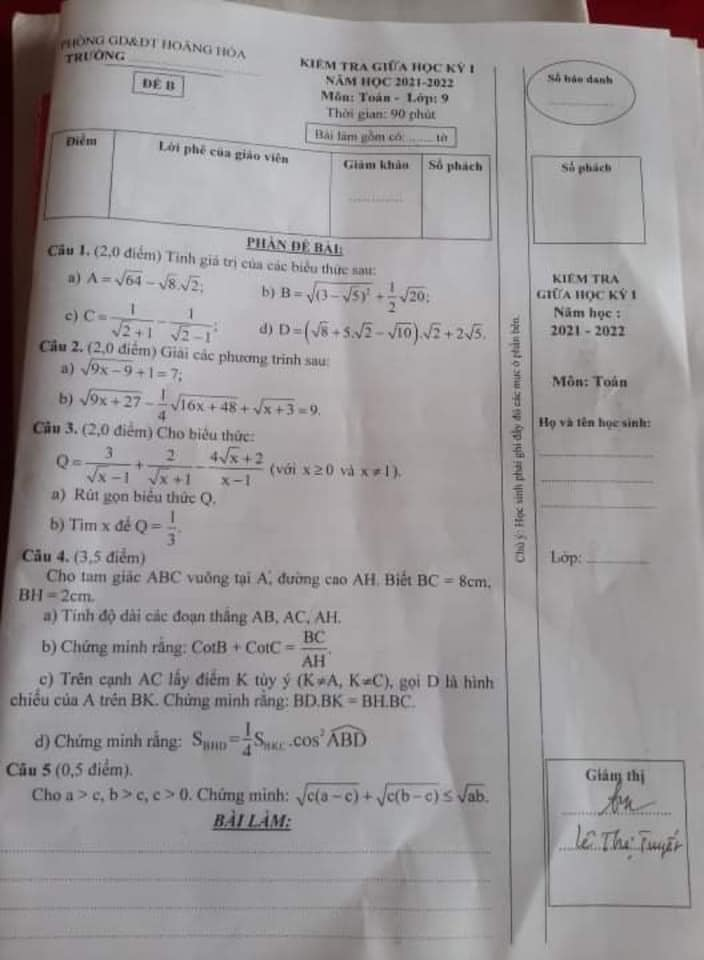
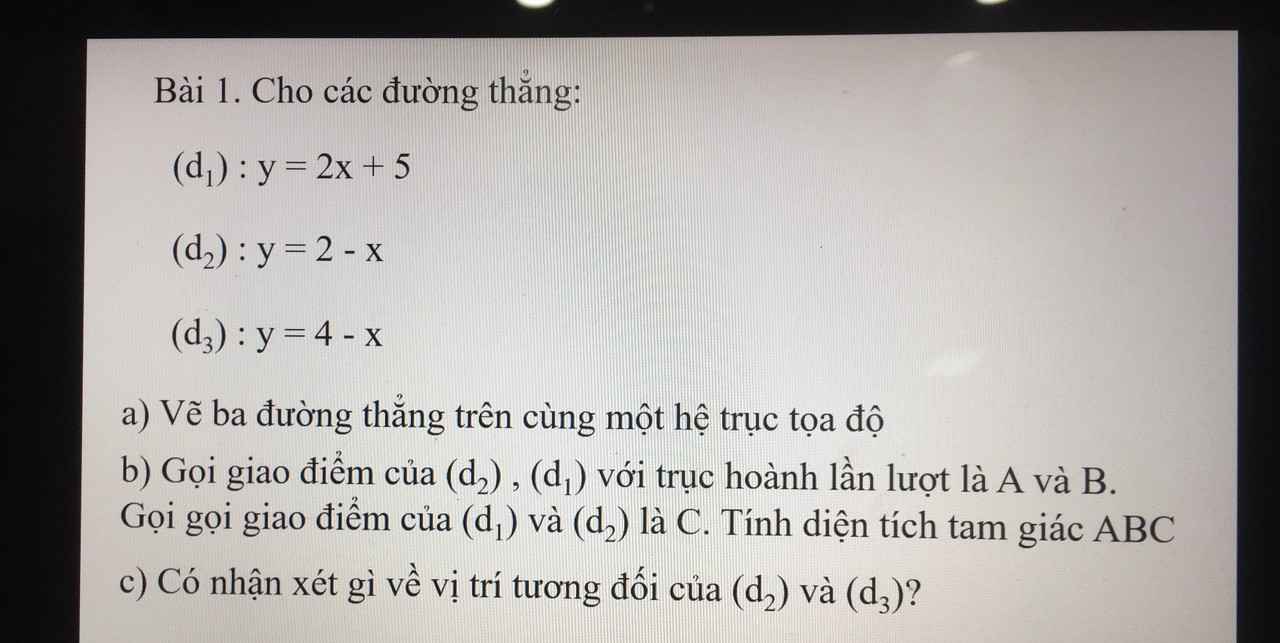


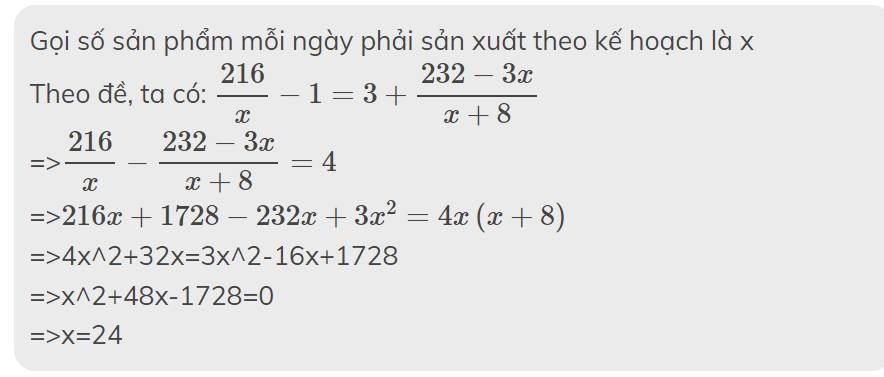
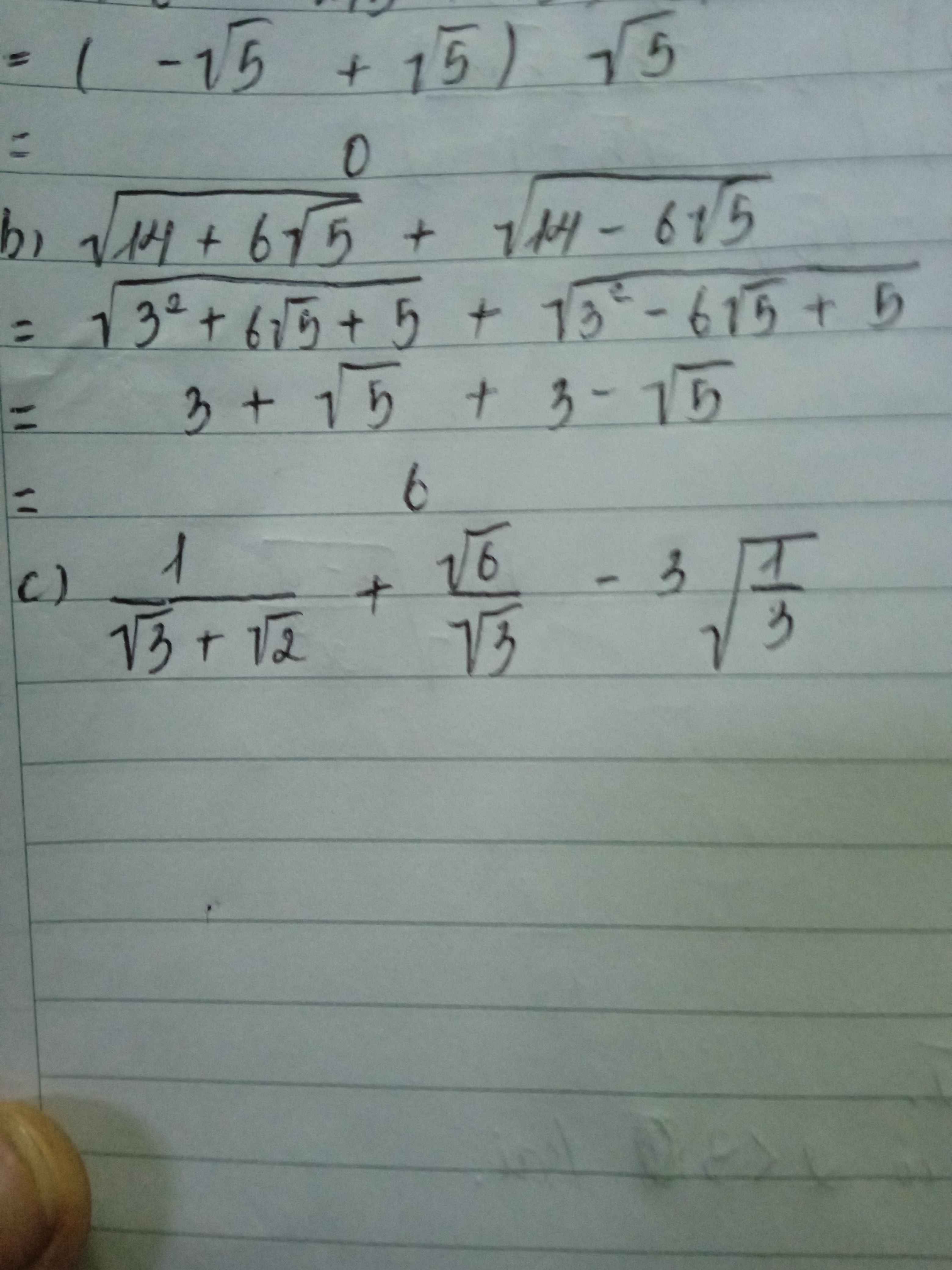
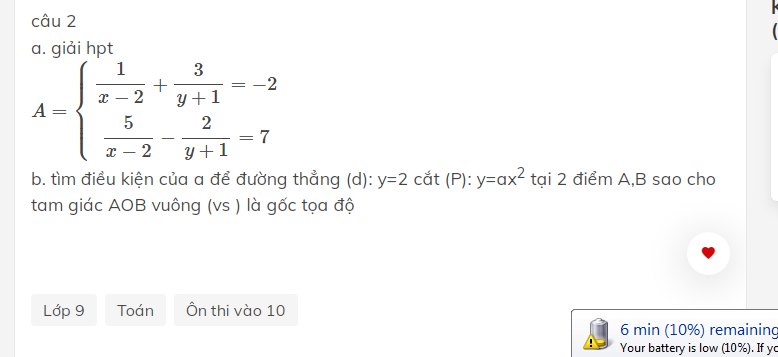



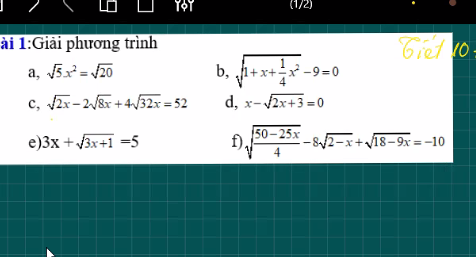
Câu 2:
a: \(\sqrt{9x-9}+1=7\)
\(\Leftrightarrow3\sqrt{x-1}=6\)
\(\Leftrightarrow x-1=4\)
hay x=5
b: \(\sqrt{9x+27}-\dfrac{1}{4}\sqrt{16x+48}+\sqrt{x+3}=9\)
\(\Leftrightarrow\sqrt{x+3}=3\)
hay x=6